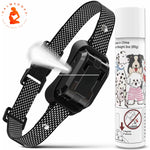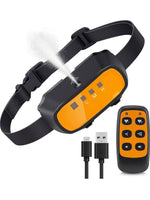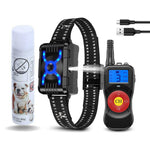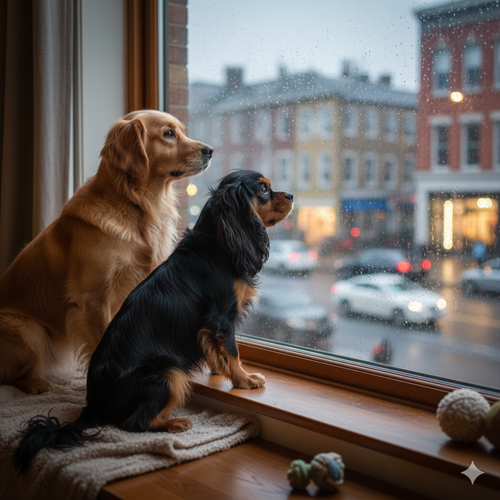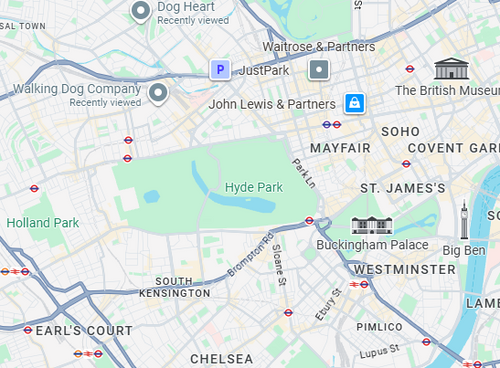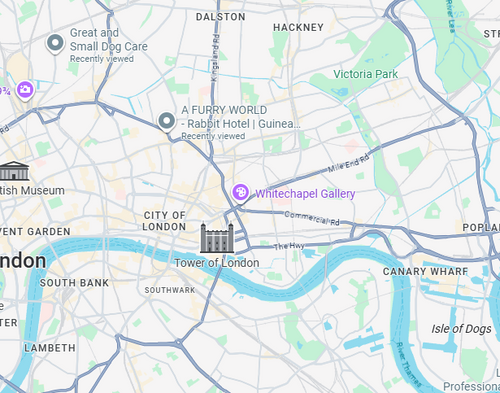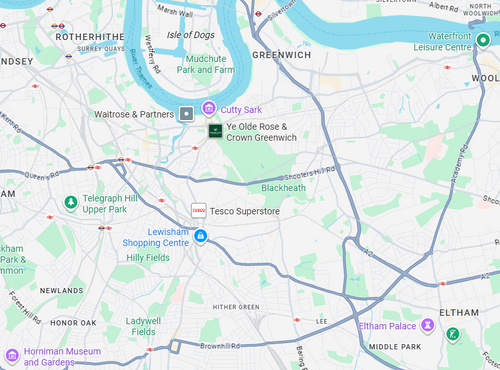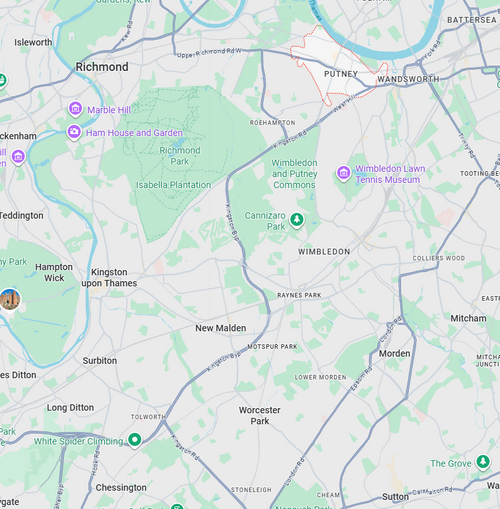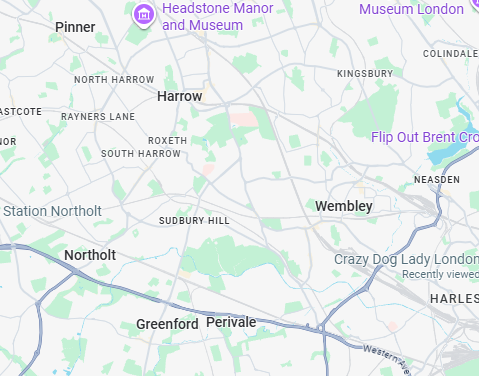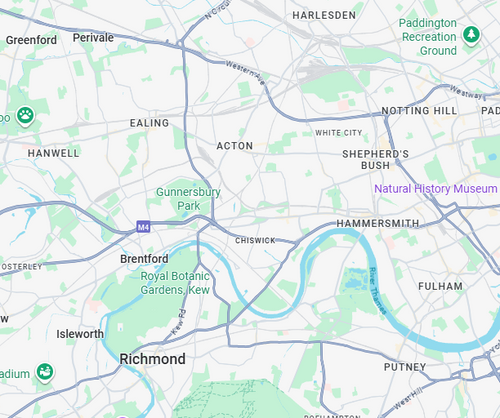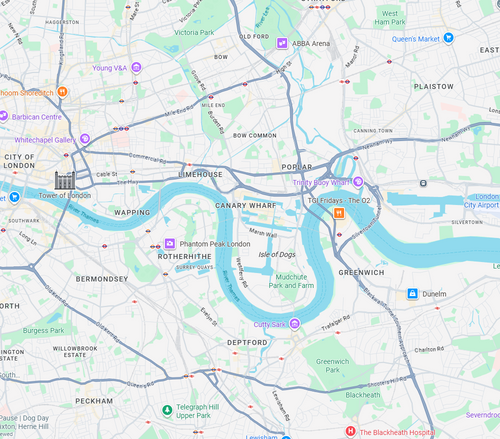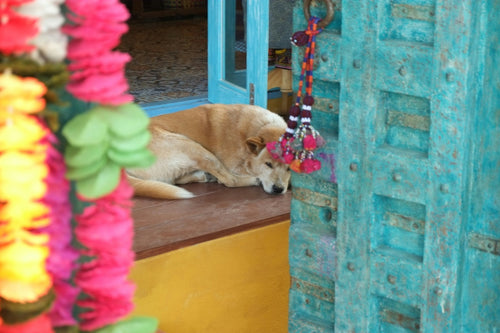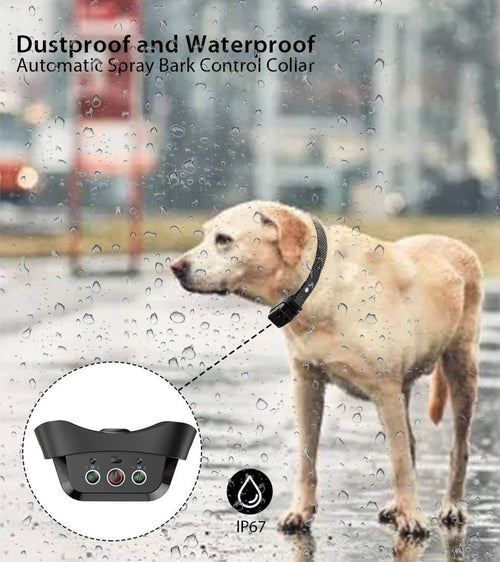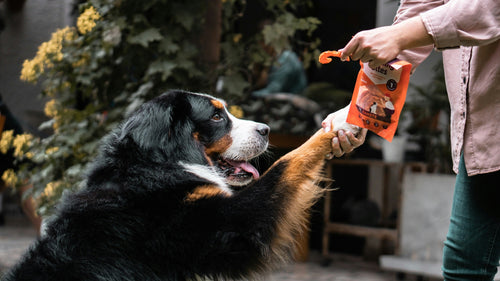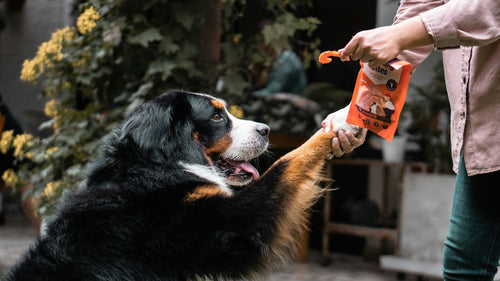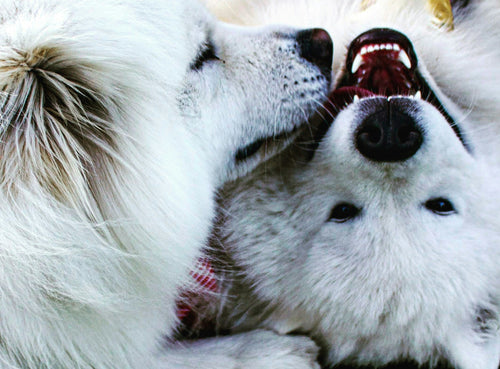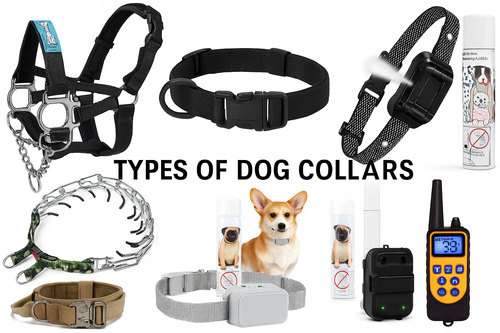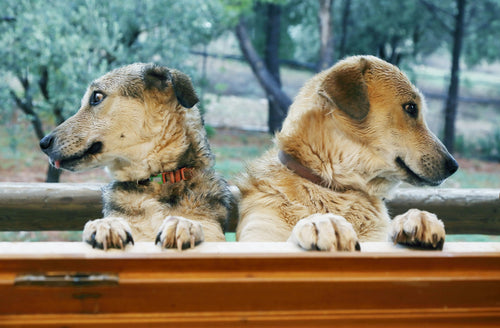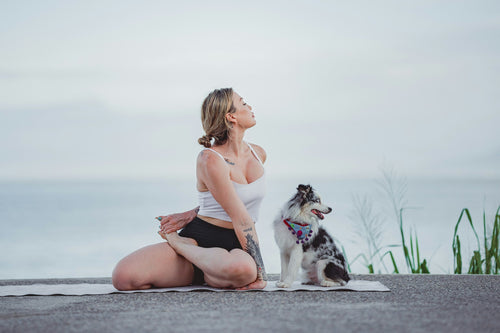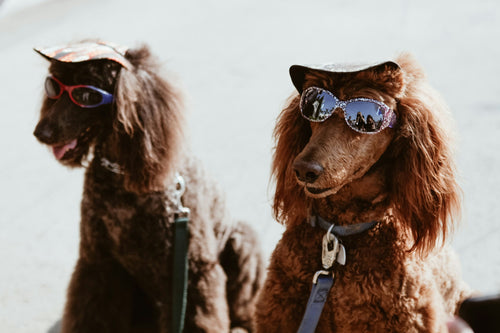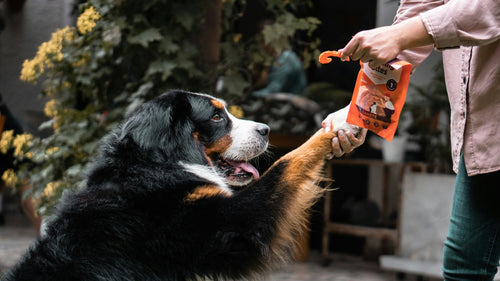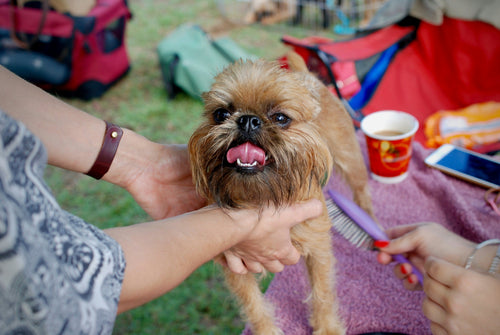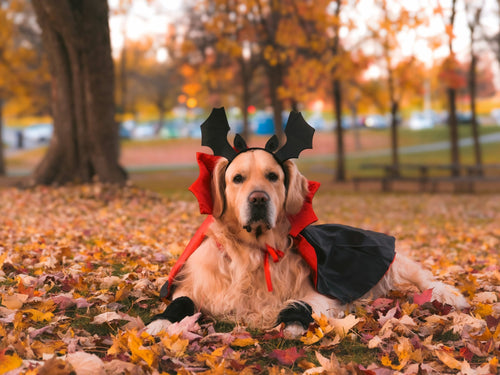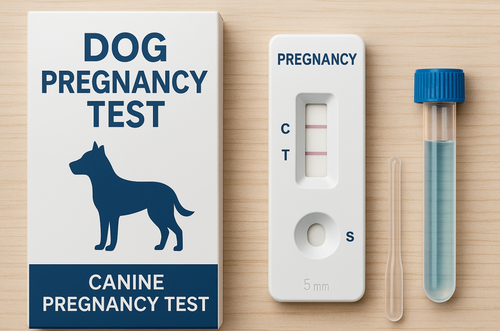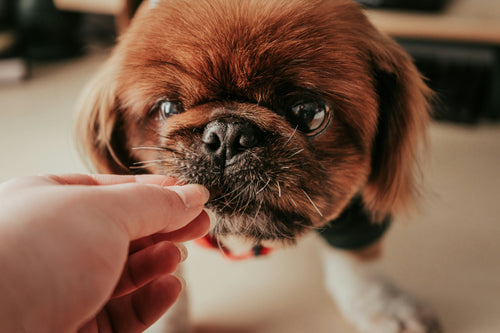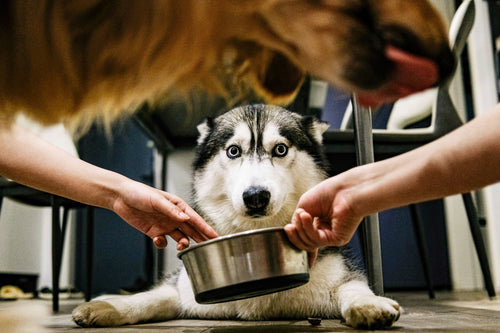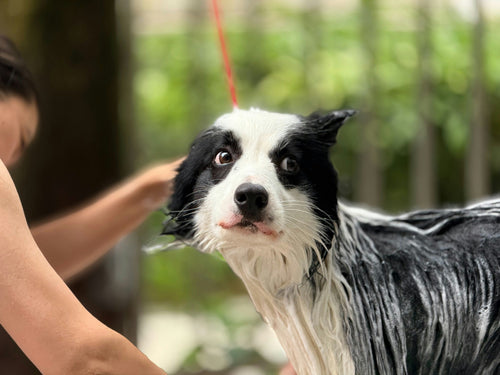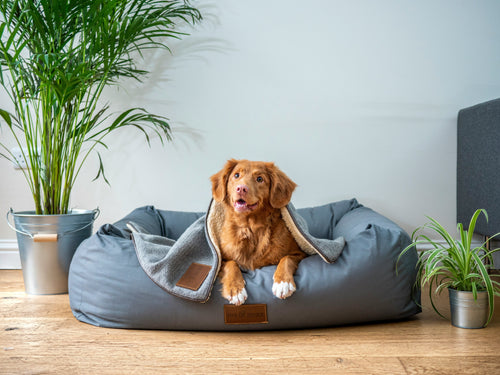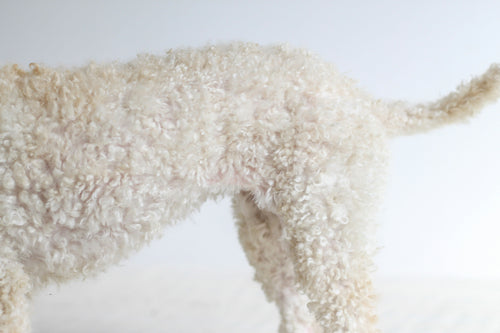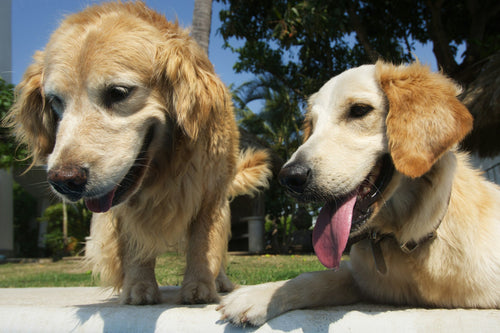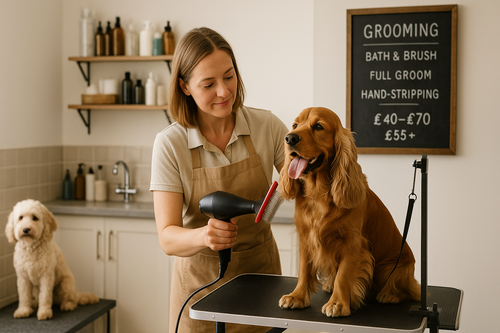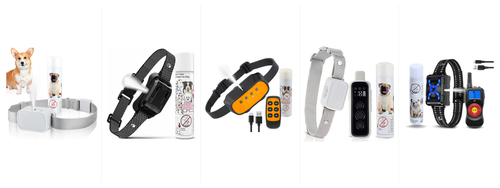First Bark
Every dog deserves a loving home. If you're considering adoption, you're likely asking yourself, how to rescue a dog? The process may seem overwhelming at first, but with a little planning and compassion, rescuing a dog can be one of the most rewarding decisions you ever make.
In this guide, we'll walk you through everything from finding the right rescue dog to making your home a safe haven. Along the way, we’ll use expert-backed advice, real stories, and practical tips to make your adoption journey a success.
Why Rescue a Dog?
Before diving into the how to rescue a dog process, it’s important to understand the impact. Every year, millions of dogs end up in shelters due to abandonment, mistreatment, or changes in their owner's circumstances.
By rescuing a dog, you’re:
-
Giving a dog a second chance at life
-
Helping reduce the strain on overcrowded shelters
-
Taking a stand against puppy mills and irresponsible breeding
-
Gaining a loyal, grateful companion

Step 1: Decide What Type of Dog Fits Your Lifestyle
Ask yourself a few key questions:
-
Do you live in a flat or a house with a garden?
-
Are you active or do you prefer quiet time indoors?
-
Do you have other pets or young children?
-
Are you ready to take on medical or behavioural challenges?
Matching your lifestyle to a dog’s needs is crucial for a successful adoption.

Step 2: Research Local Rescue Organisations
The next step in learning how to rescue a dog is identifying where to look.
Trusted rescue sources include:
-
Local animal shelters
-
Breed-specific rescues
-
National charities like the RSPCA, Dogs Trust, Blue Cross, and Battersea
-
Online directories like Petfinder or Adopt-a-Pet (USA)
Visit the rescue centres in person when possible. Ask questions, meet the staff, and learn about the adoption process.
Step 3: Meet and Greet Potential Matches
Most shelters allow you to spend time with dogs in a quiet room or outdoor area. Use this opportunity to:
-
Observe the dog’s behaviour and body language
-
Ask about their history, temperament, and health
-
Watch how they react to new people and stimuli
Don’t rush. Sometimes it takes several visits to know you’ve found the right match.

Step 4: Prepare Your Home
Once you've chosen your new companion, it’s time to prepare your home. Creating a welcoming, safe space is essential to helping your dog adjust.
Checklist:
-
Dog bed or crate
-
Food and water bowls
-
Toys and chews
-
Collar, lead, and ID tag
-
Dog-safe zones in your home
Don’t forget: patience is key during the first few weeks.

Step 5: The Adoption Process
Each organisation has its own procedures, but most include:
-
An application form
-
A home visit or video walkthrough
-
Reference checks
-
An adoption fee (usually covering microchipping, vaccines, and spay/neuter)
Once approved, you’ll likely sign a contract agreeing to return the dog if circumstances change.
Step 6: The First Days at Home
The initial days after bringing your dog home are vital. Your new pet may feel anxious or unsure, so make the transition smooth:
Tips for a successful start:
-
Keep routines consistent
-
Allow them space to explore
-
Introduce family members slowly
-
Use a quiet, calm tone of voice

Step 7: Building Trust and Training
Many rescue dogs may have had traumatic experiences. Training should be rooted in patience, positive reinforcement, and clear communication.
Recommended tools:
-
Treat-based rewards
-
Vibrating collars (no shocks) for deaf or easily distracted dogs
-
Clickers for marking desired behaviours
-
Toys and praise as motivators
Avoid punishment or harsh tones—these often reinforce fear and can slow the bonding process.
Retailers like Calmshops.co.uk provide humane training tools that make this transition easier.
Step 8: Veterinary Care and Health
Visit your vet within the first week of adoption for a full health check. Bring any existing medical records with you.
Your vet can help you:
-
Set up vaccination schedules
-
Review flea/tick/worming protocols
-
Discuss nutrition and food types
-
Arrange neutering if not already done
Many rescues include pet insurance trials—ask for details.
Step 9: Socialisation and Ongoing Support
Once your dog has settled, begin introducing them to new environments and experiences:
-
Walks in quiet neighbourhoods
-
Meeting calm, vaccinated dogs
-
Exploring local parks
-
Car rides or vet visits
If behavioural issues arise, consult a certified dog behaviourist or trainer. Many rescues offer post-adoption support.

Common Mistakes to Avoid
Even with good intentions, new adopters sometimes make avoidable mistakes. These include:
-
Expecting too much too soon
-
Using punishment-based training
-
Leaving the dog alone for long hours initially
-
Skipping health checkups or vaccinations
Remember: the question of how to rescue a dog includes not only bringing them home but also helping them heal and thrive.
Real Stories: Rescue Transformations
Meet Max:
Max, a 5-year-old mixed breed, was fearful and reactive after years in a shelter. His new owners used clicker training, a vibrating collar from Calmshops, and weekly trainer visits. Within 3 months, Max was thriving.
Meet Luna:
Luna, a senior greyhound, had never lived in a home. Her adopters kept to a calm routine and gave her lots of patience. Now she enjoys sofa cuddles and garden zoomies daily.

Conclusion: How to Rescue a Dog Is About Commitment, Not Perfection
Rescuing a dog is more than a good deed. It’s a journey of growth, healing, and companionship. The question how to rescue a dog goes beyond logistics—it’s about making a lifelong promise to support and care for a soul who has already survived so much.
Take the leap. Give a second chance. And gain a friend who will never forget your kindness.
Looking for gentle training tools for your newly rescued dog? Visit Calmshops.co.uk to explore vibration collars, calming treats, and expert-recommended accessories.




